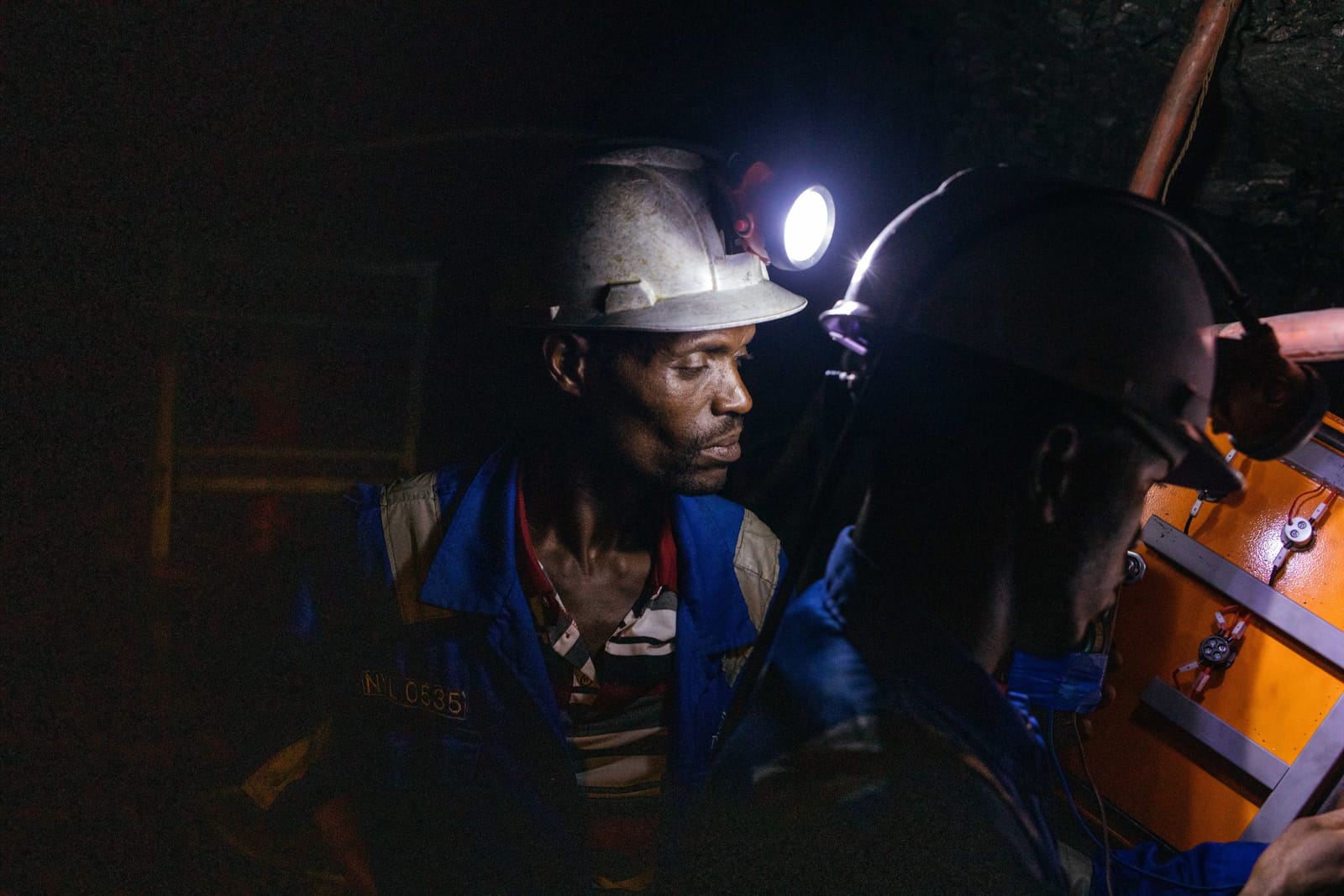As the global race for critical minerals intensifies, Australia is emerging as more than a supplier to traditional partners. Canberra is well positioned as a strategic bridge linking Africa’s vast mineral wealth to the industrial needs of the Indo-Pacific. This matters not only for its alliance with Washington, but the resilience of supply chains stretching from Tokyo and Seoul to New Delhi. With China dominating African extraction and refining networks, Australia’s engagement offers an opportunity to rebalance power and build more secure, transparent mineral flows.
Australia can no longer sustain the old balancing act, maintaining a close US alliance while deepening economic ties with Beijing. Joining AUKUS in 2021 signalled a decisive alignment with Washington and the Critical Minerals Strategy 2023–2030 prioritises collaboration with “like-minded partners.” The importance of this alignment was reaffirmed with Prime Minister Anthony Albanese’s October 2025 visit to Washington. The two countries signed a framework to secure critical mineral supply chains through shared investment, streamlined regulation, fair-trade protections and improved recycling.
Strengthening engagement with Africa would position Australia at the crossroads of great-power competition and the energy transition, elevate regional influence and shape global supply chains.
More than 170 ASX-listed companies operate in 35 African states with investments valued at $40 billion, comprising graphite in Tanzania, copper and cobalt in the Democratic Republic of Congo, and rare earths in Uganda. Walkabout Resources developed the Lindi Jumbo graphite project in Tanzania with approximately $31 million in debt financing and long-term offtake contracts. BHP has entered Botswana’s Kalahari Copper Belt through an “earn-in” agreement, securing up to 75 percent of copper-silver prospects. Iluka Resources signed a 15-year deal to import monazite concentrate from Malawi for its $1.65 billion Eneabba refinery – the first fully integrated rare earths facility in Australia – and is advancing Kenya’s Mrima Hill project with RareX to establish a non-China supply route.
These ventures anchor Australia’s role in mining and establish midstream processing vital to Indo-Pacific security.
Leaving open the possibility of cooperation with China on terms that uphold African agency and sustainability would ensure Australia’s diplomacy is not entirely adversarial.
African mineral exports to the United States rarely travel directly. Most are routed through Asia for processing. Chinese refineries dominate, reinforcing Beijing’s leverage over regional supply chains. Without Australia’s engagement, African resources will continue to feed China’s industrial base. Investing in Africa provides Australia with an opportunity to redirect flows toward trusted networks serving Japan, South Korea, India and ASEAN economies that are all dependent on stable mineral access for clean energy, defence and manufacturing.
In 2023, Washington and Canberra launched the Climate, Critical Minerals and Clean Energy Transformation Compact to align investment and policy frameworks. Australia’s broader strategy allocates $2 billion to support miners and processors aligned with democratic partners. These efforts connect to the US-led Minerals Security Partnership (MSP), a multilateral initiative for sustainable mineral sourcing involving Japan, India and the EU. Together with the Quad Critical Minerals Partnership and Indo-Pacific Economic Framework for Prosperity (IPEF), these initiatives embed Africa’s role within regional security and economic strategies.
African nations possess 85% of global manganese as well as 80% of platinum and chromium, along with nearly half of all cobalt and vast copper and graphite deposits. Despite renewed US interest, Chinese engagement remains dominant, built on decades of investment and processing capacity. US private capital such as KoBold Metals, backed by Bezos and Gates, and Australia’s AVZ Minerals are jointly investing over US$1 billion in the DRC’s Manono lithium project. The US Development Finance Corporation has committed US$553 million to Angola’s Lobito Atlantic Railway and projects such as Pensana’s rare earth facility and green copper initiatives in Zambia.
Chinese enterprises dominate much of the continent’s extraction, sending materials to Chinese refineries that supply the Indo-Pacific. This provides Beijing with leverage over both African and Asian markets. Deeper Australian engagement would help ensure Indo-Pacific partners are not hostage to this industrial dominance. Selective cooperation on sustainability, infrastructure or conflict-sensitive governance can promote constructive engagement of benefit to African partners and ease strategic rivalry.
Australia offers three key advantages: 1) Trusted governance, 2) Mining expertise, and 3) the ability to convene alliances. Coupling African resources with Asia-Pacific demand positions Canberra as more than Washington’s ally to become a regional leader shaping standards for responsible mining and transparent trade. Platforms such as the Quad and MSP enable diversified supply chains to bypass Chinese choke points. Strategic investments in African projects, reinforced through refinery arrangements such as Iluka’s Eneabba facility can feed refined materials into Australian, US and wider Indo-Pacific markets.
Leaving open the possibility of cooperation with China on terms that uphold African agency and sustainability would ensure Australia’s diplomacy is not entirely adversarial. Pragmatism could enhance its credibility across Africa, where governments prefer inclusive partnerships over binary choices.
Canberra’s mineral diplomacy highlights Africa as the strategic missing link in Indo-Pacific resilience. Expanding beyond the traditional supplier role will help establish a more balanced global system bridging African resources with Asia’s industrial demand, reinforcing governance and transparency and tempering China’s leverage. Australia would not only reinforce ties with Washington, but strengthen its own leadership across the Indo-Pacific. Keeping open channels for constructive engagement demonstrates Canberra’s approach is not exclusionary, but rooted in shared interests in resilient, transparent and sustainable supply chains of benefit to both Africa and emerging economies close to home.
